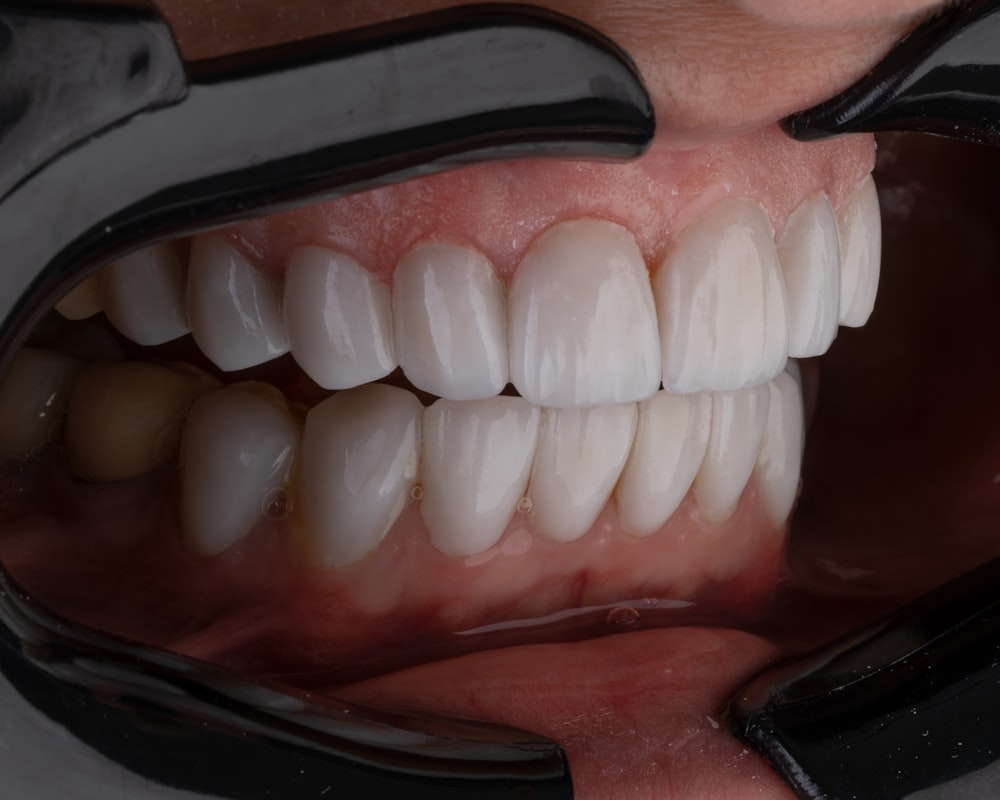Navigating Tooth Extraction Aftercare: Essential Tips for a Smooth Recovery
Understanding Tooth Extraction: A Brief Overview
Tooth extraction is a common dental procedure performed for various reasons, including severe decay, infection, or crowding. While the procedure itself may be relatively quick and straightforward, proper aftercare is essential for promoting healing and preventing complications. Let’s explore some essential tips for navigating tooth extraction aftercare to ensure a smooth recovery process.
Immediate Post-Extraction Care: What to Expect
Following the tooth extraction procedure, it’s normal to experience some discomfort, swelling, and bleeding around the extraction site. Your dentist will provide you with specific post-operative instructions to follow, which may include:
- Applying gentle pressure with gauze to control bleeding.
- Using ice packs to reduce swelling and discomfort.
- Avoiding vigorous rinsing or touching the extraction site with your tongue or fingers.
These initial steps are crucial for minimizing pain and promoting the initial stages of healing.
Managing Discomfort: Tips for Pain Relief
It’s common to experience some degree of discomfort or pain after tooth extraction, especially in the first few days. Over-the-counter pain medications, such as ibuprofen or acetaminophen, can help alleviate pain and reduce inflammation. Be sure to follow your dentist’s recommendations regarding medication dosage and frequency to ensure safe and effective pain relief.
Maintaining Oral Hygiene: Gentle Care for Healing
While it’s essential to keep the extraction site clean to prevent infection, it’s equally important to avoid disturbing the blood clot that forms in the socket, as this can delay healing and lead to a painful condition known as dry socket. Your dentist may recommend gently rinsing your mouth with saltwater or a prescribed mouthwash to keep the area clean without disrupting the clot. Avoid brushing or flossing around the extraction site for the first few days, and be mindful of any food particles that may accumulate in the area.
Dietary Considerations: Choosing Soft Foods
In the days following tooth extraction, it’s best to stick to a soft or liquid diet to avoid placing undue pressure on the extraction site. Opt for nutritious foods that are easy to chew and swallow, such as yogurt, smoothies, soups, mashed potatoes, and scrambled eggs. Avoid hard, crunchy, or sticky foods that can irritate the extraction site or become lodged in the socket.
Monitoring Healing: Signs of Complications
While some degree of discomfort and swelling is normal after tooth extraction, certain symptoms may indicate a complication that requires prompt attention. Be on the lookout for signs such as:
- Severe or worsening pain that is not relieved by medication.
- Excessive bleeding or oozing from the extraction site.
- Persistent swelling or inflammation that worsens over time.
- Foul odor or taste coming from the extraction site.
- Fever or chills, which may indicate an infection.
If you experience any of these symptoms, contact your dentist immediately for further evaluation and appropriate treatment.
Follow-Up Care: Scheduled Check-Ups
Your dentist will schedule a follow-up appointment to monitor your healing progress and ensure that no complications have arisen. During this visit, they will examine the extraction site, remove any sutures if necessary, and address any concerns or questions you may have about your recovery. Be sure to attend all scheduled appointments to facilitate a smooth and successful recovery process.
In conclusion, proper aftercare is essential for promoting healing and preventing complications following tooth extraction. By following your dentist’s recommendations and adopting these essential tips, you can navigate the recovery process with confidence and ensure a smooth transition back to oral health and comfort. Read more about tooth extraction after care


